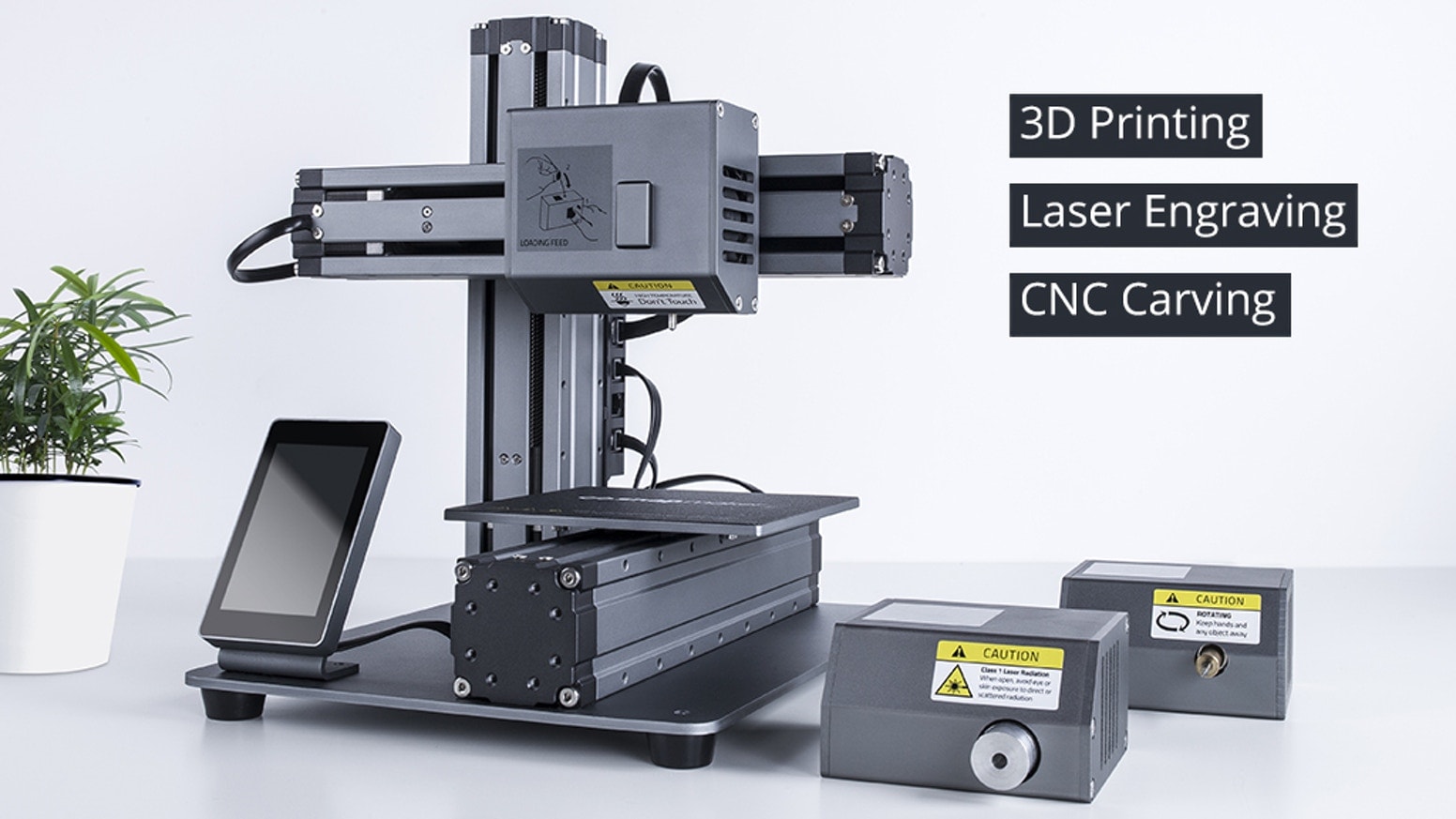
One advantage is that the xTool M1 is a hybrid machine, so the blade cutter is mounted on the bottom of the laser. However, it’s not a CNC engraver: it can only cut thin materials (about 3mm). XTool M1 is the only multi-functional machine since it also possesses a blade cutter (like a Cricut). On the other hand, xTool machines are just lasers. You can use one as a 3D printer, laser, or CNC engraver.

Snapmaker 2.0 and Snapmaker Artisan offer 3-in-1 machines. We’ll compare Snapmaker’s laser vs xTool in detail, next. For higher power and productivity, you can also go for an xTool D1 Pro 20W. You’ll need an xTool to improve productivity, speed, work area, and accuracy.It’s better to buy an xTool D1 Pro 10W instead of upgrading Snapmaker’s 1.6W laser to 10W.You don’t need an xTool if you have Snapmaker’s 10W laser and you don’t need to laser cut frequently.You don’t need an xTool if you only occasionally engrave.We’ll also compare the Artisan and Snapmaker 2.0’s working area, power, laser beam quality, precision and accuracy, material options, software, price, and other add-ons against each xTool laser. The short answer is that xTool lasers are better than Snapmaker’s, even including the Snapmaker 10W high-power laser head ( which we have also tested and reviewed).īut in our in-depth comparison, we’ll compare both Snapmaker’s 1.6W and 10W lasers versus the xTool D1 Pro 10W, 20W, and the xTool M1. Amazon here Snapmaker vs xTool Lasers: Quick Summary


 0 kommentar(er)
0 kommentar(er)
